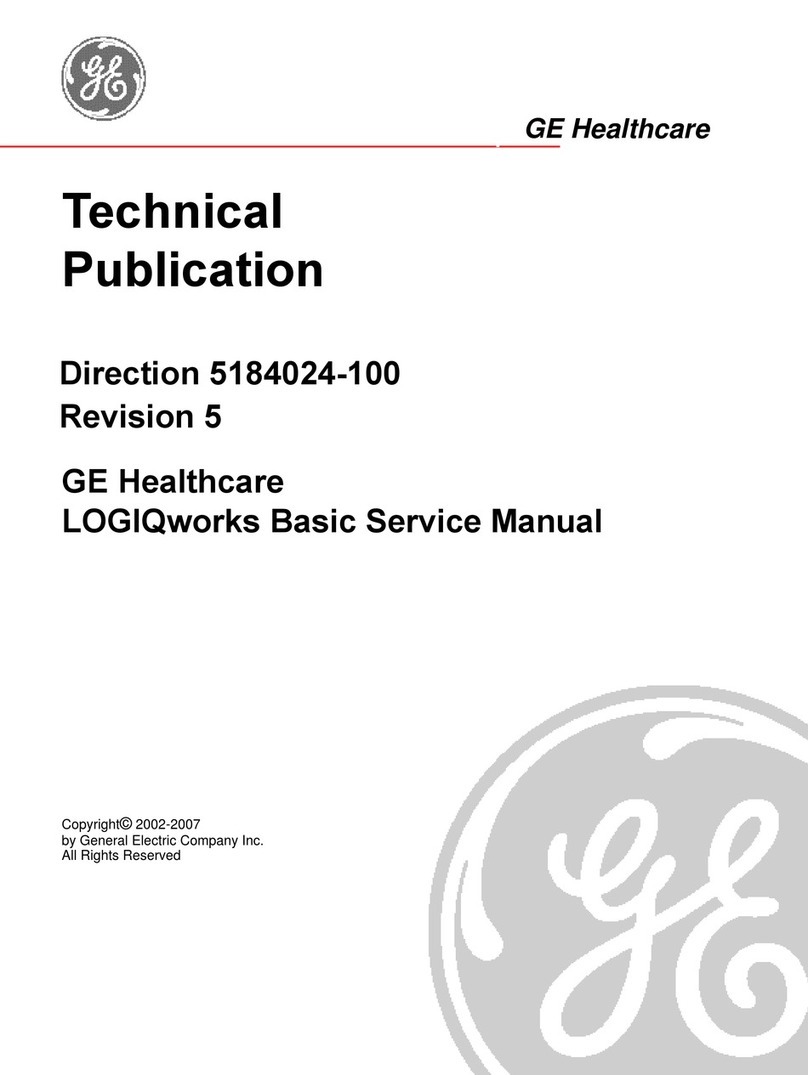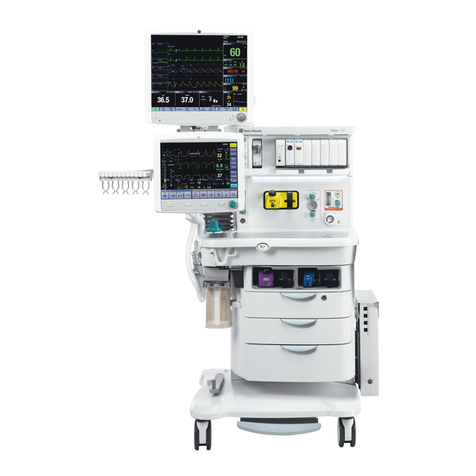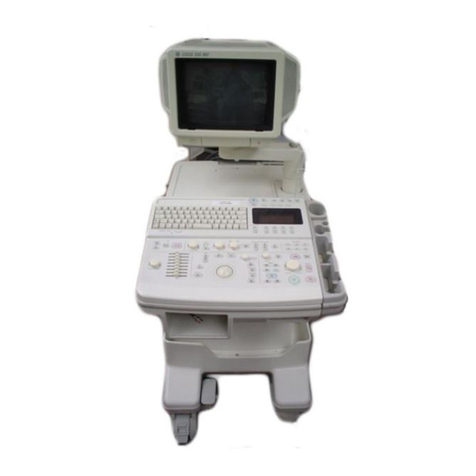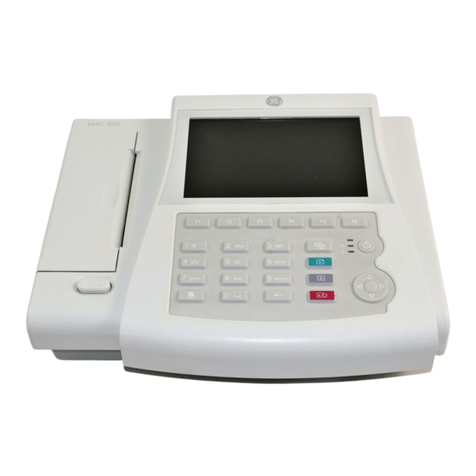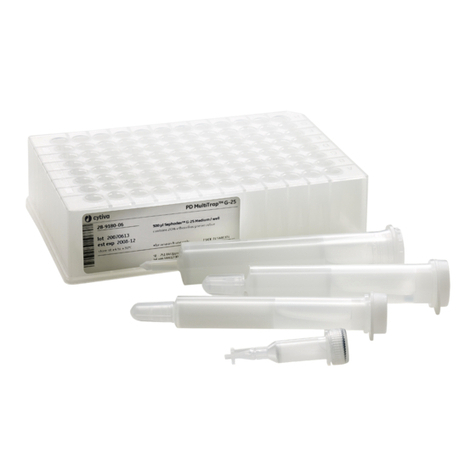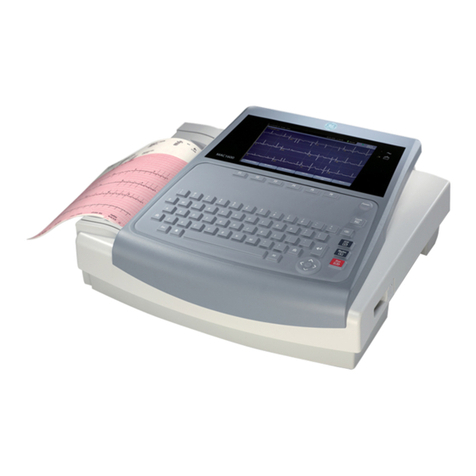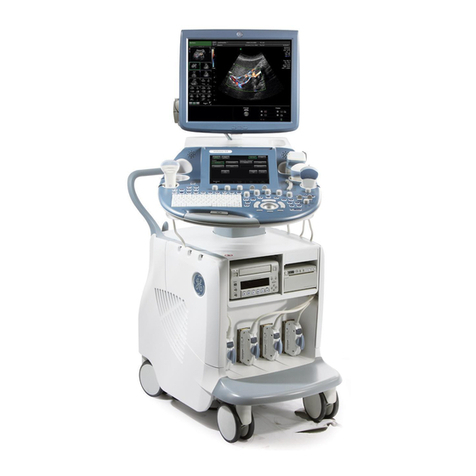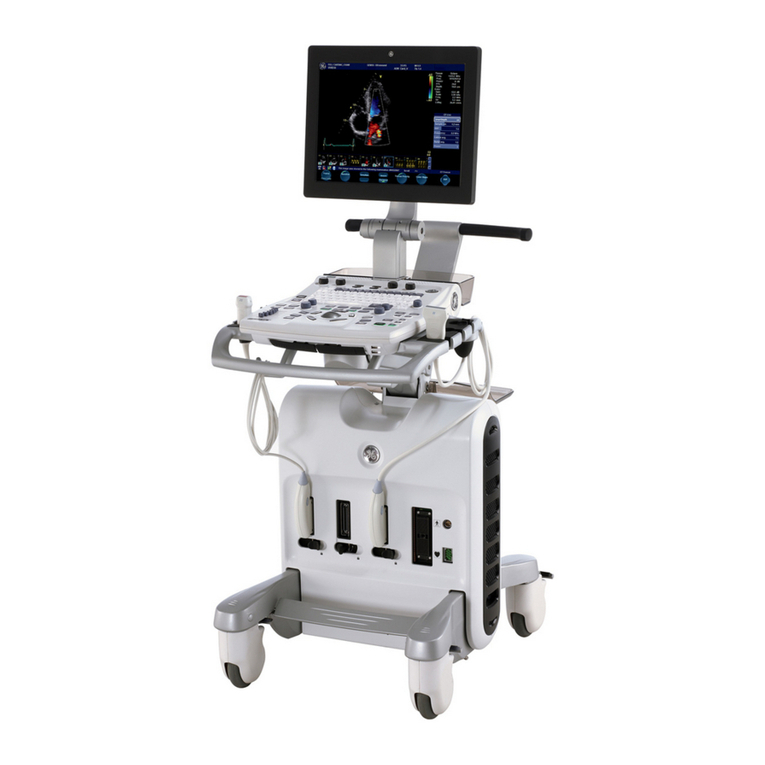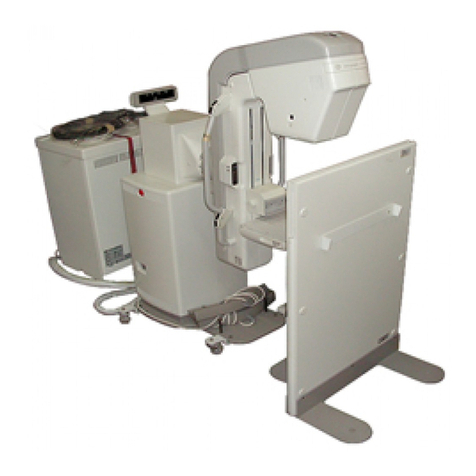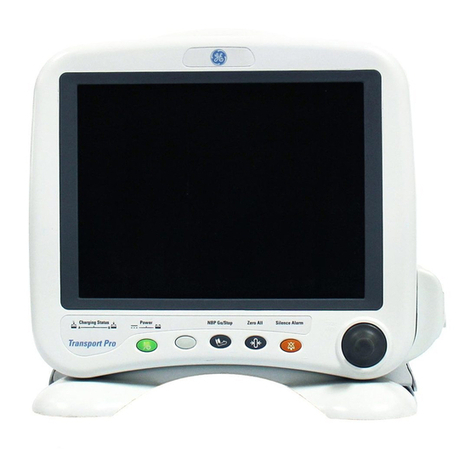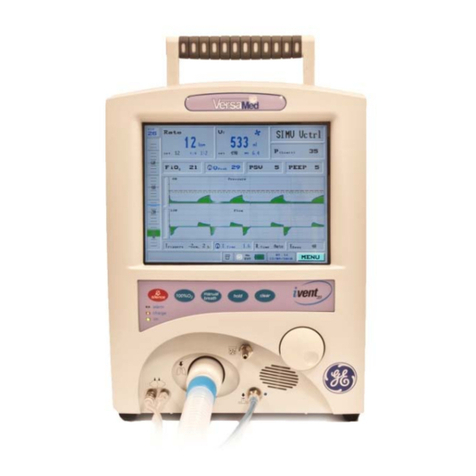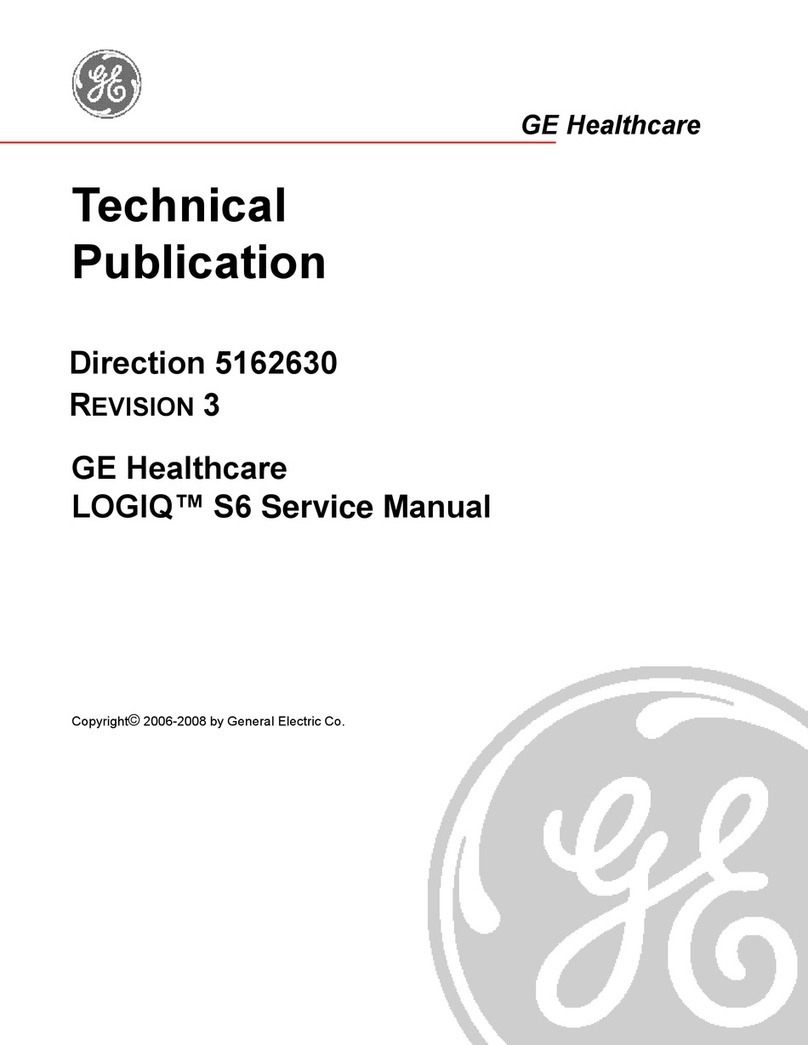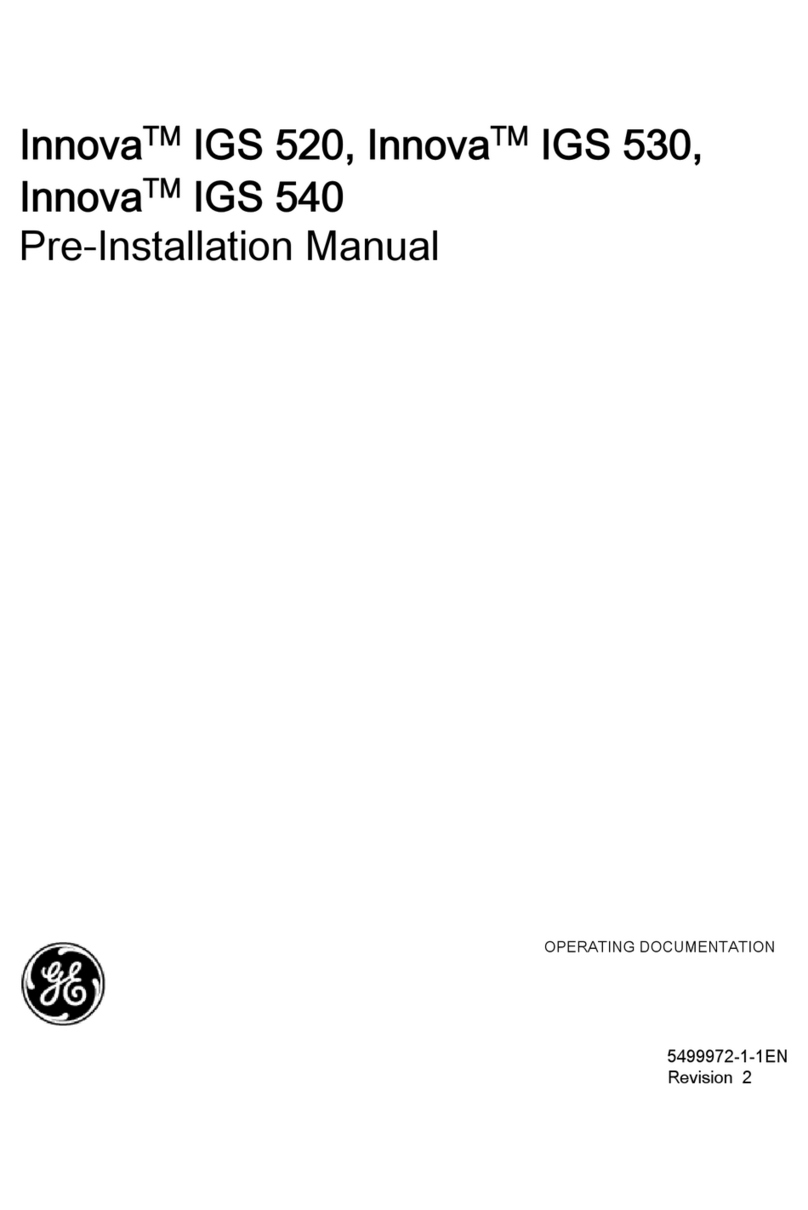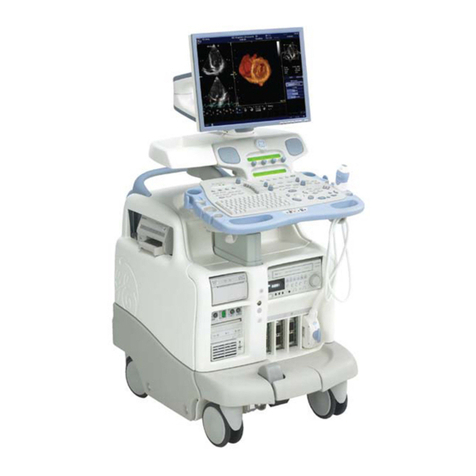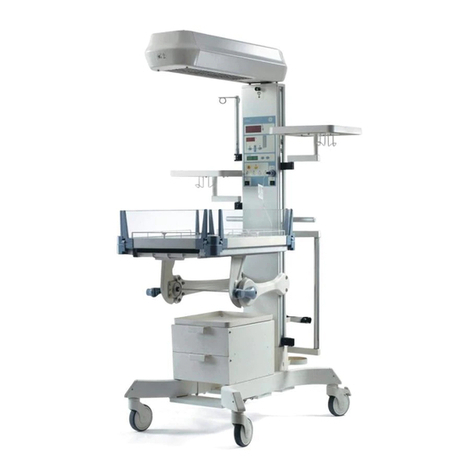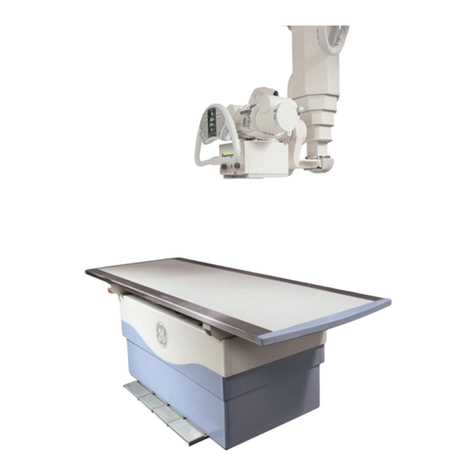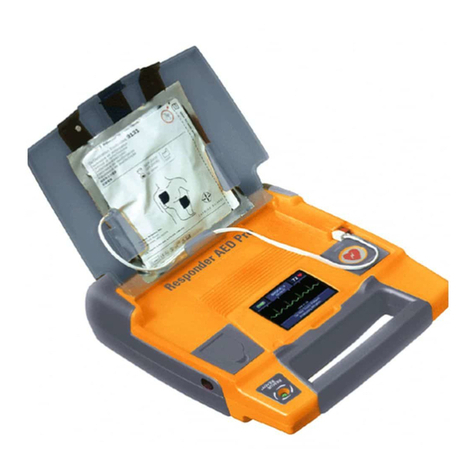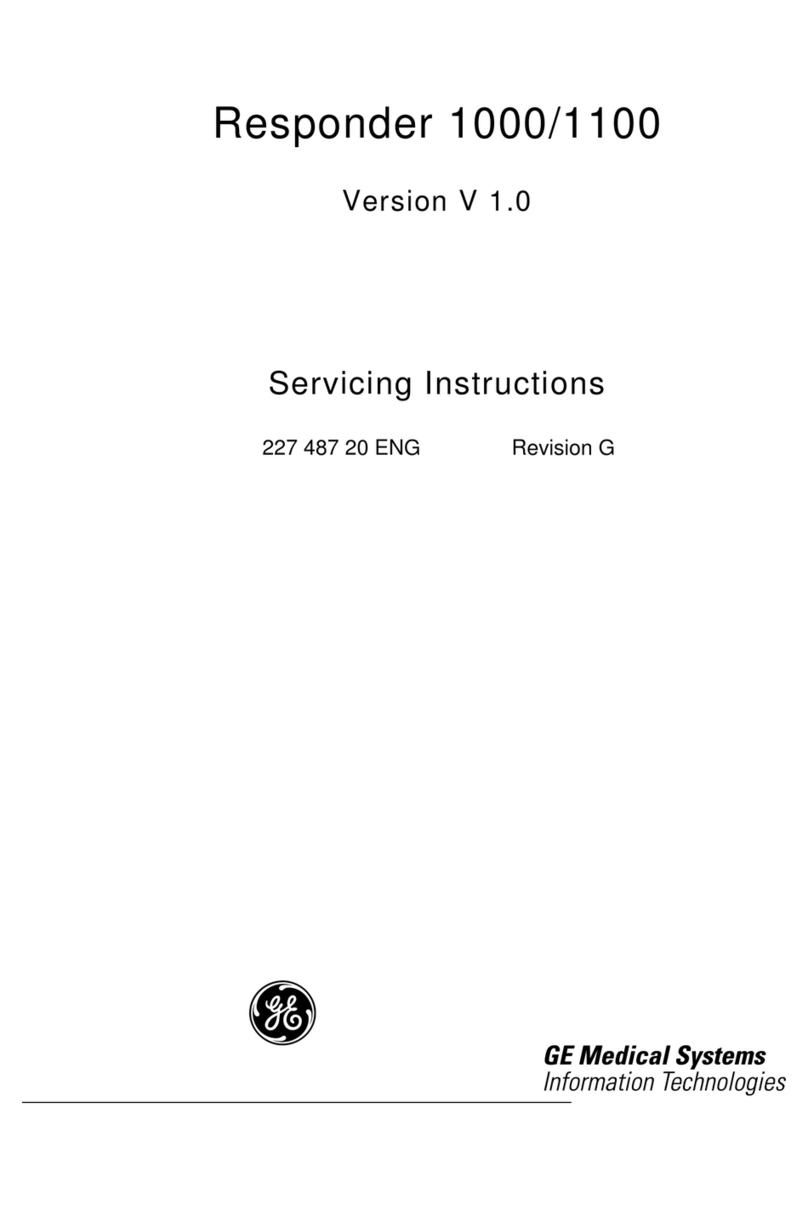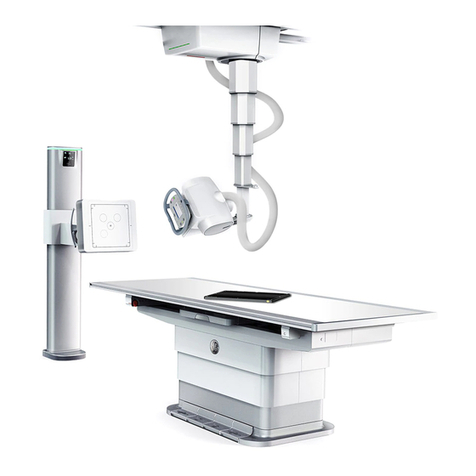
Application, Safety Information
6 TONOPORT V 2001589-085 Revision G
1 Application, Safety Information
1.1 Application
Intended Use
TONOPORT V is a small-size, patient-borne blood
pressure monitor for ambulatory, non-invasive
measurement of the patient’s blood pressure. If the blood
pressure cuffs listed in chapter 10 "Order Information" fit
the patient, it can be used on adults, children, and small
children. TONOPORT V is not suitable for blood
pressure measurements in neonates. Also it is not
suitable for use in intensive-care medicine.
For periods of up to 30 hours, TONOPORT V records the
patient's blood pressure at selectable intervals and saves the
results. There is a choice of three different measurement
protocols.
Oscillometric Measuring Method
The blood pressure is measured by the oscillometric
method. The criteria for this method are the pressure
pulsations superimposed with every systole on the air
pressure in the cuff.
The blood pressure cuff is wrapped around the upper arm
and inflated to a pressure which must be clearly above the
expected systolic pressure. A pressure transducer mea-
sures the cuff pressure as well as the superimposed pres-
sure pulsations. During blood pressure measurements the
cuff must be level with the heart. If this is not ensured,
the hydrostatic pressure of the liquid column in the blood
vessels will lead to incorrect results.
When the patient is sitting or standing during
measurements, the cuff is automatically at the correct
level.
Fig. 1-1 Waveform representing the pressure decrease
in the cuff during a measurement: systolic
pressure at 131 mmHg, diastolic pressure at
76 mmHg
Using TONOPORT V with CASE
™
/ CardioSoft
TONOPORT V can be operated in conjunction with
CASE
™
(version 5.15 or later) or with the analysis
program CardioSoft (version 4.14 or later) that is
included with TONOPORT V. If the USB port is
used (CardioSoft only), it is necessary to install the
appropriate driver first (see “Software Installation”
on page 24). With these systems, individual
measurement protocols can be created and the
stored data can be reviewed on-screen in tabular
and graphic form. With V6.5 and subsequent
versions, the patient ID used by the analysis
program can be stored in TONOPORT V to allow
the collected data to be downloaded without
selecting the patient first (
refer to the respective
Operator Manuals; you will find the CardioSoft
manual on the CardioSoft CD
).
Biocompatibility
The parts of the equipment described in this
manual, including all accessories, that come in
contact with the patient during the intended use,
fulfill the biocompatibility requirements of the
applicable standards if used as intended. If you
have questions in this matter, please contact GE
Healthcare or its representatives.

